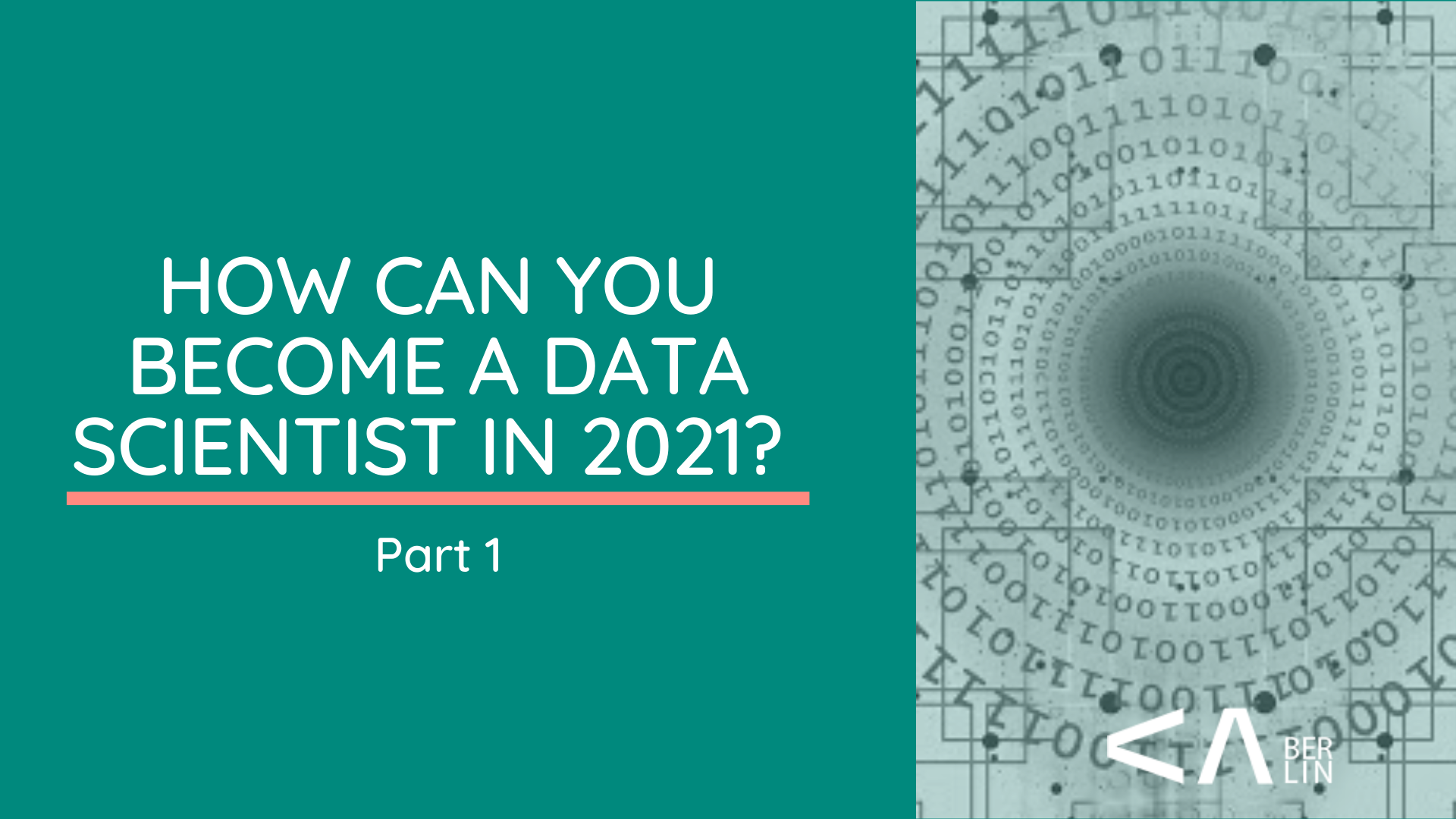
2020 has been a hard time for everyone in many ways. This pandemic also has taught us the need of digitization but in a harsh way. Many industries have adapted the technology to keep their employees safe and healthy. That in turn has created a huge demand for people who can help the world get digitally equipped. So, we need developers/ programmers, UX / UI designers, Data Scientists more than ever before.
As we are all aware, Data science is one of the fastest growing fields in the world and its applications are huge. Think of any industry, we are generating data every second in various formats and pace. Analyzing these huge data to get meaningful information is one of the fundamental hurdles we all are facing at the moment. Same time, the nature of data we are generating is getting more and more complex. So, we don’t need only people with the skills but also the ones who have the right mindset to adapt to this ever changing data sphere.
We would first try to understand what are the core things you need to learn to be a Data Scientist.
- Roles and responsibilities: It is very important to understand the type of jobs you would be performing if you become a data scientist. Many students, I have seen, have no clue what a Data scientist does in general. The field is quite huge and so are the options and roles. If you know someone in person who is working on this field, you can ask him; also, you can educate yourself by watching some videos on youtube / some other social platforms.

- Research on your Curiosity: Next thing would be to understand what interests you. Do you like music , football , arts (images), social platforms, businesses, recent stuff etc. Once you have an answer, please research what kind of data is being collected in those fields.

For example, I am always a foodie and I wanted to know what are the best restaurants near me. Therefore, I looked into Zomato and saw what kind of data they are collecting from restaurants, how many of these restaurants are serving my favourite tandoori chicken and not only that, how many of them are having good reviews on this (Berlin has many nice Indian restaurants compared to other German cities). You can go as deep as you want. Then, you can research a bit on that domain. Someone might be interested in soccer and he / she would like to educate himself / herself about the game before starting to work on the data.
But, again, you need to decide what kind of data you would like to work on.
- Tools & Technologies: Once you have a basic understanding of the domain and job roles, you have to start with a dataset ( you can look at Kaggle or UCI where there will be a huge number of datasets from your field of interests, I guess). You would now need the tools to break through your curiosity and get some meaningful insights.

It is always very tough to choose the best tool as there is nothing called the best. However, you can start with something and check whether you like it or not. For example, many of my students started data analysis with R, some of them eventually moved to Python and wondered why they did not start with Python in the first place. I experienced some reverse stories as well. I would therefore ask you to check syntaxes of both R and Python and decide which one you would like to start with. Also, it would be nice to research on LinkedIn what are the majority of employers at your place looking for - R or Python.
Once you have decided the programming tool, you stick to it. Do not change even if you feel like switching back and forth- remember, no one would give you a job just because you have written Hello World in 50 different programming languages.
Next, we will talk about Tools and Technologies in detail. Also, we will provide you with a roadmap to learn these tools ( how much time a student spend in general ) so that you are aware of the timeline and prepare accordingly. Stay tuned.